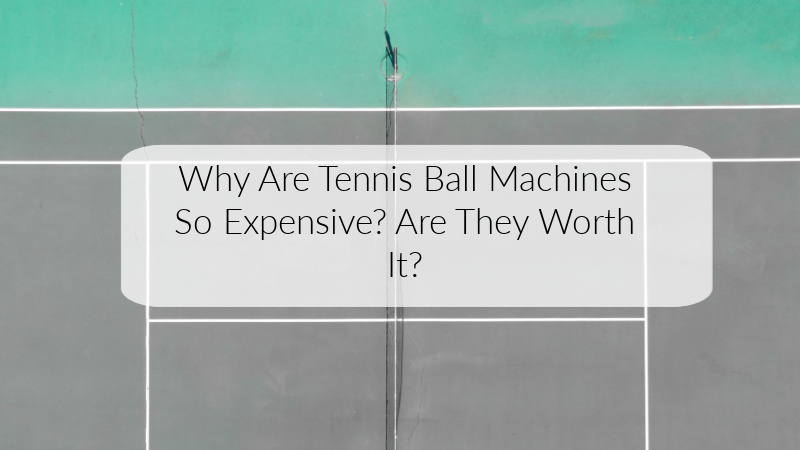A key element of sports performance is the athlete’s diet, for professionals and amateurs alike. For children playing sports like tennis, having a good diet plan from an early age will help embed a healthy and balanced diet throughout life. A good diet plan will not only help with fitness levels, it can also be important to help build high levels of stamina for matches. Professional athletes employ nutritionists to advise them on their diet because they know how big an impact it has on their results.
Most of us don’t have the luxury of being able to pay a diet specialist but that doesn’t mean that you can’t still create a really good diet plan yourself. One of the biggest issues with diet plans for kids is that they are often a bit fussier about what they will eat. So half of the challenge is developing a diet plan that not only works but is also appealing to them. Getting vegetables into kids’ diets is a difficult task that many parents struggle with but there are ways of getting around this with a bit of creativity in the kitchen.
A good tennis diet plan will vary depending on the age and build of the young player and also the amount of activity that they are involved in. If they are training five times per week for three hours and playing a match each week, this will be very different to someone who trains for a few hours each week. So first of all, work out how many hours of tennis will be completed each week and factor in any other activities that they will be doing at school or elsewhere.
A Balanced Diet
A good source of energy is foods that are rich in carbohydrates such as whole grain pasta, bread, rice and starchy vegetables. The amount should be calculated based on the calories consumed, so children with high levels of activity throughout the week will need more carbohydrates to keep them well fuelled for tennis matches and training.
A healthy meal should include a large proportion of veg (30-40%), around a quarter of the meal should be made up with whole grains and another quarter should be healthy proteins such as lean meat/fish. The rest of the meal should include fruits and some healthy oils. In terms of liquids, avoid sugar-filled drinks and limit milk and juice. Water is the best option but isn’t always the drink favored by children so adding natural flavorings are the healthy way to make water a bit more interesting. You can add berries, for example, to give it some extra flavor but without the additives and sugars in many other drinks.
Tailored to Activities
Another factor to consider in regards to children’s diets is that pre-match meals should vary from everyday meals. If there is a tennis match that could go on for three hours as an example, they will need more fuel than they would for a one-hour training session. Experts suggest that you eat a high protein meal the night before a match and eat a light, high carbohydrate meal a few hours before the match.
Diet Diary
You should create a diet diary to keep track of what is being consumed and to monitor the effects of diet variances. For example, if the player feels low on energy in a particular match, you can check for any dietary problems that they need to avoid for the following match. Keeping a diary can sound boring for many kids but with fun apps that provide incentives for recording diet data, it can be more appealing to the technology savvy youth!
Some of the apps even tell you the proportions of food that you have had and you can set a personal diet plan. Instead of needing to laboriously enter data, you can simply scan a barcode and it brings up all of the nutritional information, so recording diet data doesn’t have to take up much time.
Match Foods
A lot of children take what are labeled as energy drinks and energy chocolate bars to give them an energy boost in games but whilst they give a quick boost, they do not provide as much benefit as bananas. There is a reason all of the pros use their breaks to eat a banana – because it works!


